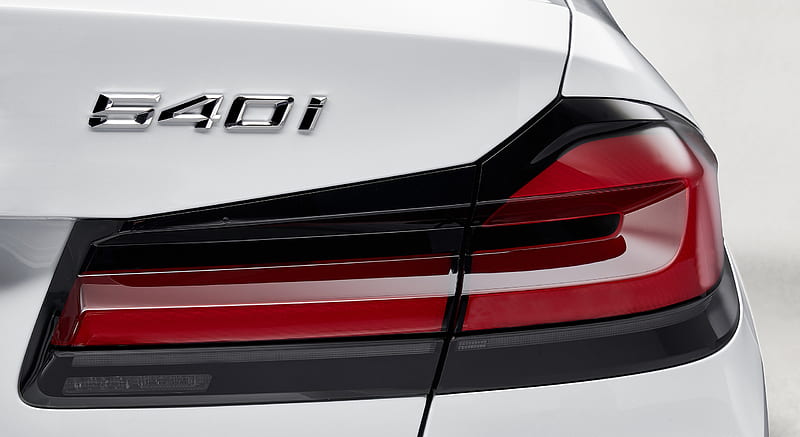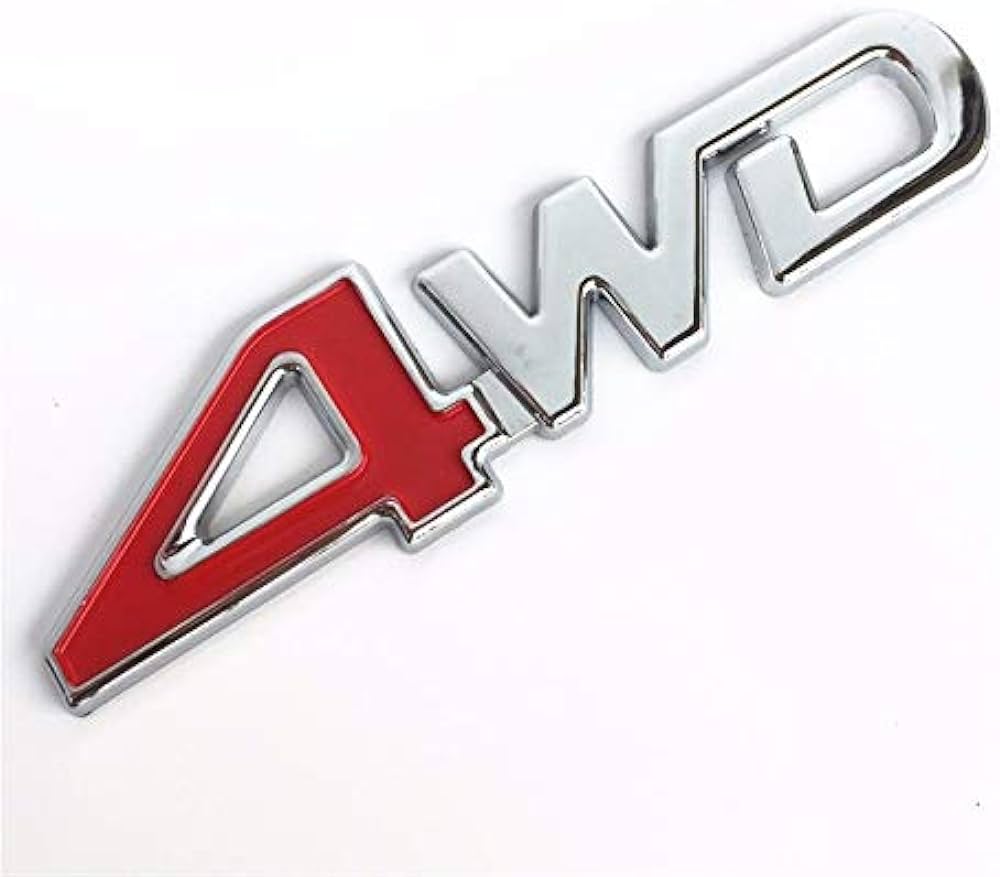BMW Introduces New Nomenclature Strategy, Removes 'i' from the ICE Cars
BMW's decision to introduce a new nomenclature strategy by removing the letter 'i' from its Internal Combustion Engine (ICE) cars marks a significant shift in the brand's naming conventions. Traditionally, BMW has used the letter 'i' at the end of its model names, such as 325i and 540i, to differentiate fuel-injected cars from carbureted ones in its lineup. This system typically included a three-digit name denoting the car's series and engine size.

The move to remove the 'i' from ICE cars comes as BMW aims to streamline its naming structure and reserve the 'i' designation exclusively for electric vehicles (EVs). Bernd Köber, Senior Vice President of BMW Brand and Product Management, Connected Company, highlighted that the 'i' will now signify only electric cars within BMW's portfolio.
This strategic shift reflects BMW's commitment to emphasizing its electric mobility initiatives and aligning its naming conventions with the evolving automotive landscape. As part of this strategy, BMW is reportedly planning to introduce an M50 model for the next-generation X3 SUV, where the current model is named M40i.
What do the letters on the tail of the cars signify?
In the broader context of automotive technology, understanding engine nomenclature can provide valuable insights into a vehicle's capabilities and features. For instance, common terms like 1.5L, 1.5T, VVT, TSI, and 4WD often appear on cars and engines but may not be fully understood by all consumers.
The words '1.5L' and '1.5T' are among the most common tail marks seen on vehicles. '1.5L' represents a naturally aspirated engine with a displacement of 1.5 liters, while '1.5T' indicates a turbocharged engine of the same displacement. Turbocharging offers the advantage of combining strong power with lower fuel consumption.

VVT, CVVT, and VVT-I refer to variable valve timing technology, which enhances combustion efficiency and fuel savings by adjusting valve timing based on engine speed. TSI engines, pioneered by Volkswagen, integrate direct injection and turbocharging for improved performance and fuel efficiency.

TFSI and GDI denote fuel injection technologies used by manufacturers like Volkswagen and Mitsubishi, respectively, to optimize engine performance and emissions. CGI technology by Mercedes-Benz focuses on precise fuel injection for enhanced power and fuel efficiency.

4WD signifies four-wheel drive, providing enhanced traction and performance, particularly in SUVs and off-road vehicles. Hybrid and DM (Dual Mode) technologies combine traditional engines with electric power for improved efficiency and reduced emissions.
By understanding these engine technologies, consumers can make informed decisions when choosing vehicles, considering factors like performance, fuel efficiency, and environmental impact.
Also read: Hyundai Motor Group plans hybrid car launch in India, sources say